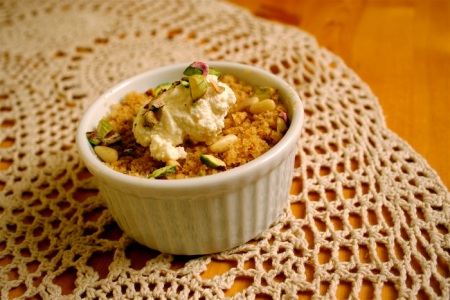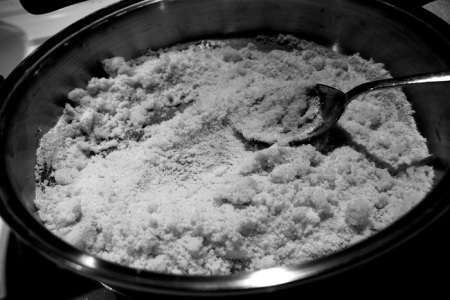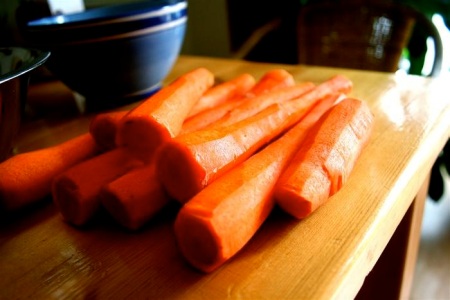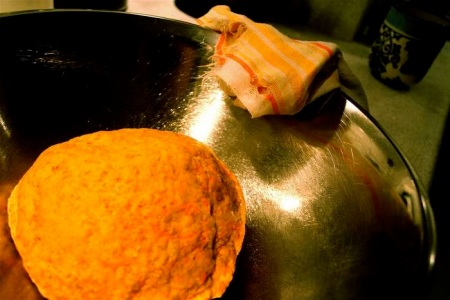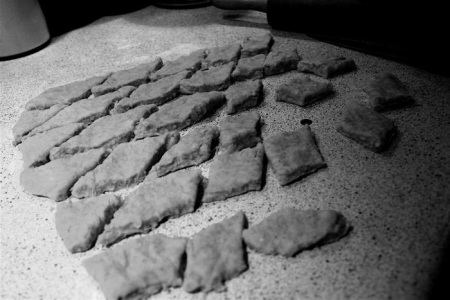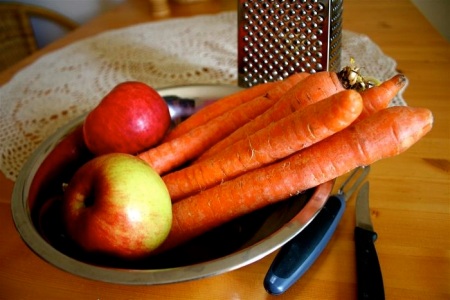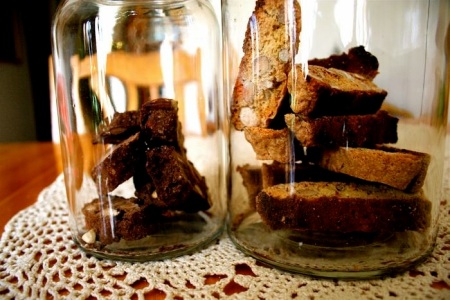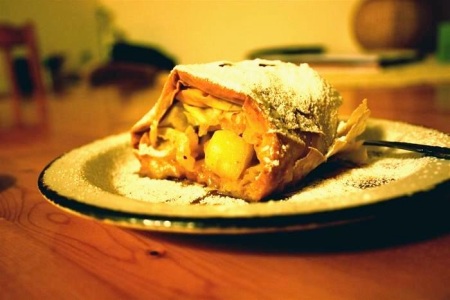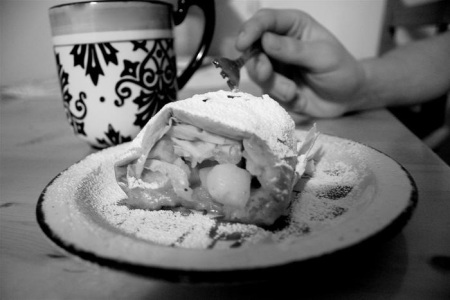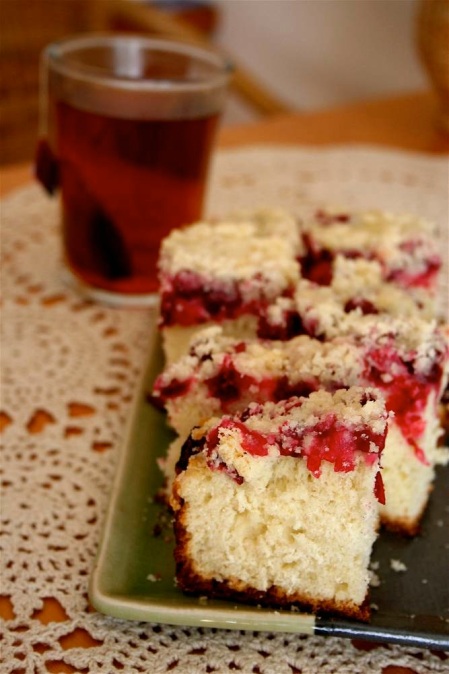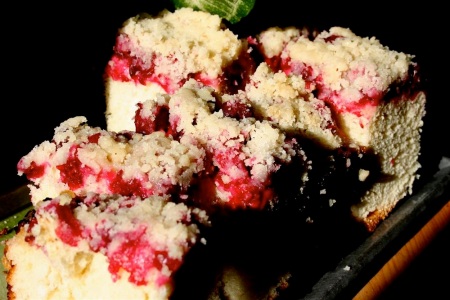When I saw this recipe for a Christmas Breakfast Wreath, I knew I had to make it. It had almonds and it had cranberries, so I knew I couldn’t go wrong with this once. The recipe also included cardamon, which got me very excited since I have had cardamon seeds lying in my kitchen, unused since I could remember. I’ve only ever had cardamon in tea at my friend Sahar’s place. I learned from her that it is a popular spice used in Iran.
The recipe calls for cardamon powder, which I can only assume is finely ground cardamon seeds. Since I don’t have a spice grinder, I just used my coffee grinder, which I rarely use for grinding coffee any way. I am more of a tea drinker. I probably didn’t grind the cardamon finely enough, but I hope it didn’t make much of a different.
The wreath was quite easy to make and it was absolutely delicious. I cut down the cardamon to half a teaspoon and it was still plenty. Unfortunately my wreath became more of a ball, so if I were to do this one again, I would make sure to stretch out the dough much more before folding the strips.
Cranberry and Almond Breakfast Wreath
For the dough
2 1/2 teaspoons of active dry yeast
1/4 cup of warm water (about 110 degrees F/40 degrees C)
1/2 cup of warm milk
3 tablespoons of sugar
1/4 cup (1/2 stick) of butter, softened
1 1/2 teaspoons of salt
1 teaspoon of cardamon powder (I used 1/2 teaspoon)
2 eggs
zest of 1 lemon
3 1/2 cups of AP flour
For the filling
6 tablespoons butter, softened
1/3 cup AP flour
3/4 cup chopped almonds
3 tablespoons sugar
3/4 cup dried cranberries
1 teaspoon of lemon zest
1 teaspoon of almond extract
1. In a bowl dissolve the yeast in the water and let it rest for a few minutes.
2. In another bowl, combine the milk, sugar, butter, salt, cardamom, eggs and lemon zest and yeast.
3. Begin to add flour, one cup at a time, while mixing all of the ingredients.
4. On a lightly floured surface, knead the dough until smooth, about 10 minutes.
5. Place dough in an oiled bowl, cover with a kitchen towel or plastic wrap, and let rise until double in size (about 2 hours).
6. In a separate bowl, combine cranberries, almonds, flour, butter, zest, sugar and almond extract. Refrigerate this mixture until your dough has finished doubling.
7. When the dough has finished rising, punch down on a floured surface. Roll out into a 9 x 30 inch rectangle.
8. Spread the almond and cranberry filling onto the dough.
9. Begin to tightly roll the dough, making sure that the sides are sealed.
10. Cut the roll in two, making sure that the strips remain long.
11. Twist the strips around each other and form into a wreath.
12. Place on a baking sheet with parchment paper and let rise for another 40 minutes.
13. Preheat the oven to 180 degrees C/350 degrees F.
14. Place onto middle rack of the oven and bake approximately 30 minutes until browned.










